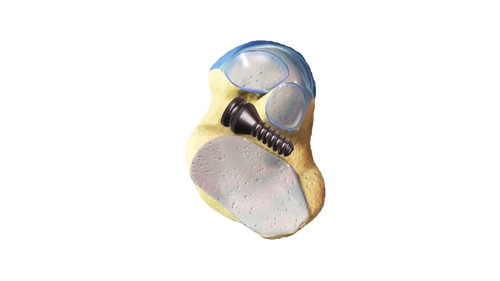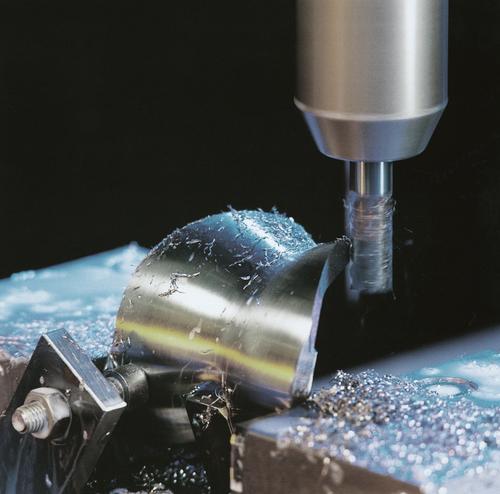April 3, 2015

Patients have been receiving medical and dental implants for years, but it has not always been a seamless or easy process to design and develop them so that all of the stakeholders -- from the designers and fabricators, to the physicians, to the patients themselves -- were satisfied with the outcomes.
That scenario is changing thanks to new hardware and software technologies that are enabling so-called digital manufacturing. The changes in the process chain for these implants are affecting not only the machining and development of implants, but their design as well. The use of digital manufacturing technology has benefits for both producers of these implants and patients alike, and has created a new paradigm that streamlines the design-to-manufacturing process from image to implant.
Siemens AG, which long has provided a range of process lifecycle management (PLM) tools and automation hardware and software for verticals like the medical space, is one of the companies at the forefront of the transformation in implant design and development.
Randy Pearson, Siemens AG's business development manager , said the German company provides technology that aids the process from two angles: PLM software for image translation; and the machine control for running implants from titanium, cobalt chrome, or ceramic composite materials.

This technology and the growing options for 3D modeling and printing are helping to eliminate steps previously taken to develop these implants that required more of a patient’s time and participation. New processes also can create implants more quickly and accurately than what has previously been possible, he said.
MORE FROM DESIGN NEWS: Cars & Medical Implants Will Drive Plastics in 2015
“The medical/dental/orthopedic process chain was once a long, multi-staged sequence of X-ray film, paper engineering drawings, and physical models, Pearson said. “Today, with high-end machine tools using direct interpolation of the scanned imaging, that sequence has gone completely electronic, with a greater accuracy and time compression never imaginable in the past.
The specific tool Pearson is referring to is the Siemens Sinumerik 840D solution line CNC, which is specifically designed for the requirements of medical application precision-part work. Integrated functions onboard the CNC assist machinists with setup and programming, allowing for faster and more precise production sequences of medical implants.
”The accuracy (down to tenths of a micron) of the machine control and the positioning components (rotary tables and rotating spindle heads) act in concert to bring a smoother finish and better contouring than was ever possible in the past,” Pearson said. In the past, this type of accuracy could only be achieved if the work was done “painstakingly by hand or by a master machinist taking hours or days to do what a modern machine tool can do in minutes today,” he added.
A Look Back
Before there were CAD and CAM technologies for 3D modeling on computers, medical and dental implants were designed in a more hands-on fashion.
“In bygone days, the X-ray would be sent from the doctor to the lab for a model to be made,” Pearson said. “This model would often find its way to the machine shop, which would then make a drawing and its own model for approval by the physician or the intermediate engineering company.”
About the Author(s)
You May Also Like



